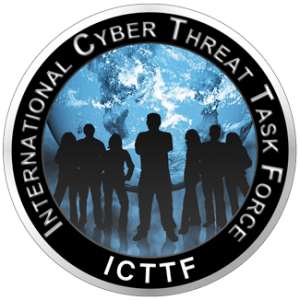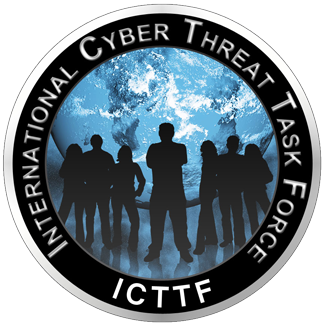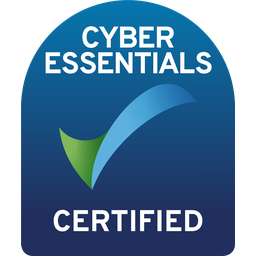Overview: DORA ICT / Cyber Risk Assessments
Understanding ICT/Cyber Risk Assessments Under DORA: A Guide for Senior Financial Sector Members
In the ever-evolving landscape of the financial sector, the importance of robust cybersecurity measures cannot be overstated. The Digital Operational Resilience Act (DORA) serves as a testament to this fact, underscoring the critical need for financial entities to strengthen their Information and Communication Technology (ICT) security. This blog aims to shed light on the pivotal role of ICT/cyber risk assessments within the framework of DORA, guiding senior members of the financial sector through the main requirements and actions necessary to achieve compliance.
The Imperative of ICT Risk Management in DORA
DORA’s introduction marks a significant shift in the regulatory approach to digital operational resilience within the EU’s financial sector. It recognises that the extended use of ICT systems, while beneficial, introduces risks and vulnerabilities that could lead to service disruptions with far-reaching economic consequences. Consequently, DORA mandates a comprehensive ICT risk management framework, ensuring that financial entities are not only prepared to handle cyber threats but are also resilient in the face of such adversities.
Main Requirements of DORA for ICT/Cyber Risk Assessments
DORA sets forth several key requirements for financial entities to adhere to:
Risk Identification and Classification: Entities must systematically identify and classify ICT risks that could impact their operations. This involves understanding potential cyber threats, internal vulnerabilities, and the likelihood of their occurrence.
Risk Mitigation Strategies: After identifying risks, entities are required to develop and implement appropriate mitigation strategies. These strategies should be proportionate to the level of risk and complexity of the entity’s operations.
Testing and Auditing: Regular testing, including both basic and advanced digital operational resilience testing, is crucial. These exercises help in validating the effectiveness of risk mitigation strategies and in identifying areas for improvement.
Incident Reporting: DORA necessitates the establishment of processes for the classification and reporting of major ICT-related incidents to competent authorities, ensuring transparency and accountability.
Third-Party Risk Management: Given the reliance on third-party ICT service providers, entities must monitor these relationships closely and include key contractual provisions to maintain control and oversight.
Actions to Meet DORA Requirements
To align with DORA’s ICT/cyber risk assessment requirements, senior members of the financial sector should consider the following actions:
Conduct Comprehensive Risk Assessments: Engage in thorough risk assessments that encompass all aspects of your ICT infrastructure. This should be an ongoing process, reflecting changes in the threat landscape and your operational environment.
Develop a Resilient ICT Framework: Create a resilient ICT framework that is agile and adaptable to the dynamic nature of cyber threats. This includes implementing robust security measures, incident response plans, and recovery strategies.
Invest in Training and Awareness: Ensure that your staff is well-trained and aware of the cyber risks. Regular training programs can significantly reduce the risk of human error, which is a common cause of security breaches.
Leverage Intelligence Sharing Platforms: Participate in intelligence-sharing initiatives to gain insights into emerging threats and best practices for risk management.
Conclusion
The objectives of DORA are much like the financial sector itself: interconnected and interdependent. Senior members must view DORA requirements holistically, recognising that each component of the ICT risk management framework contributes to the overall resilience of their operations. By embracing the principles of DORA and integrating them into your corporate governance, you not only comply with regulatory standards but also fortify your entity against the ever-present threat of cyber incidents. In doing so, you contribute to the stability and integrity of the broader financial system.


